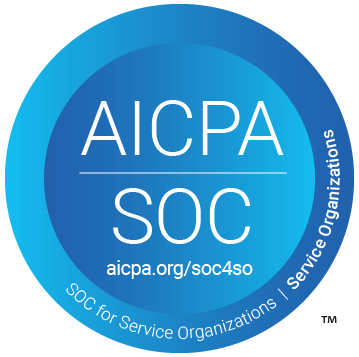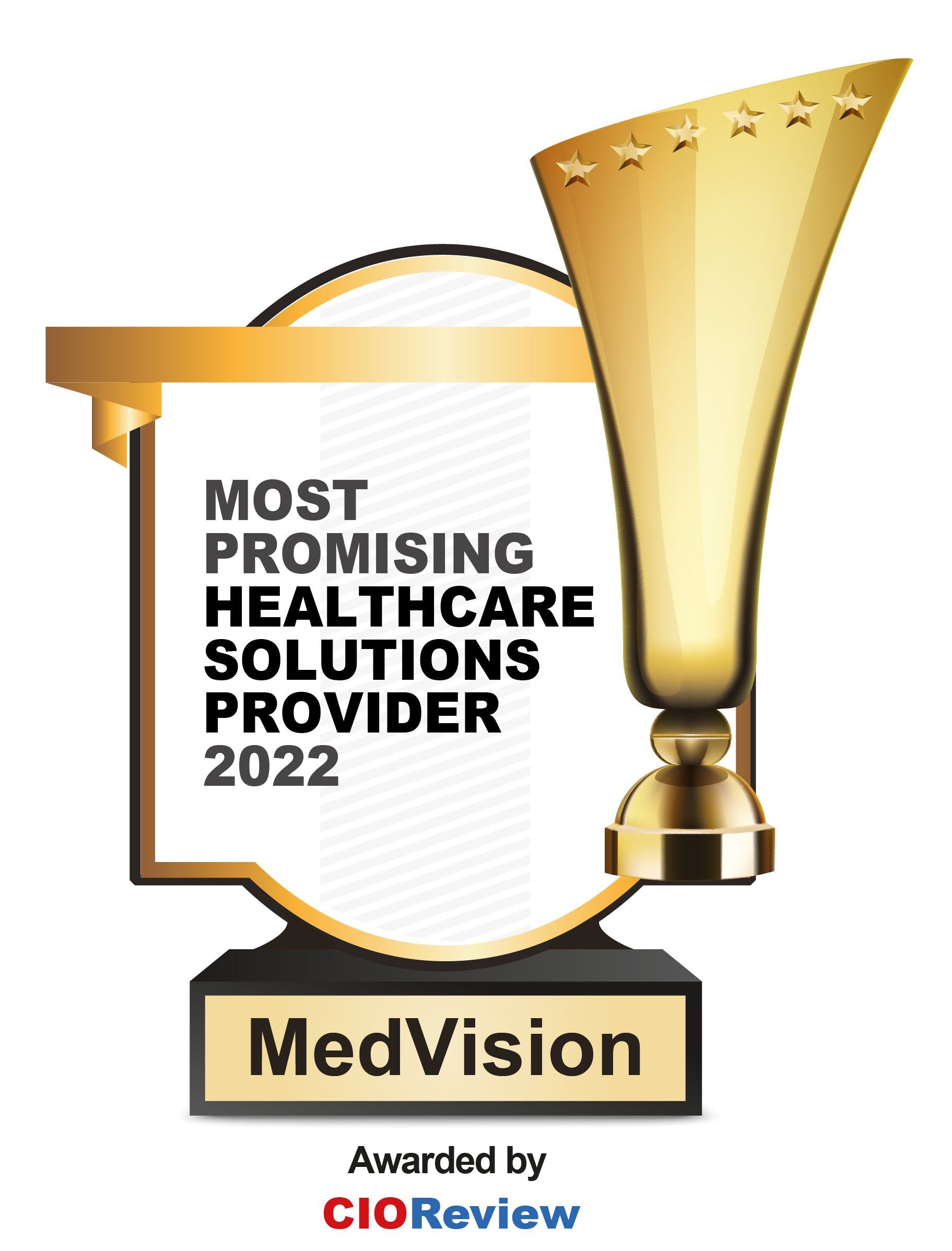Specialty Network Management
Specialty Network: Cost-Efficient Coordination of Stakeholders and Processes in Care Management
Since the mid-‘80s, specialty networks have gained momentum in capturing segments of the patient populations that are aligned with health maintenance organizations and other insurers. Their goal is to provide a more focused and cost-effective approach to care while serving a more engaging patient experience. In the ongoing evolution of the healthcare market and continued medical cost pressures, specialty networks embrace new opportunities in their approach to care and cost management.
We Provide a Purposeful Approach for Many Specialty Network
Behavioral health organizations
Eye care focused providers
Surgery-based specialty networks
Orthopedic network solutions
Dermatology centric organizations
Specialty Network’s Approach that QC7 Supports
Manage and customize provider panels to manage patient volume
Establish comprehensive benefits configuration and control
Design customized care management plans
Streamline utilization management of auto referral process
Create intelligent auto claim adjudication and workflow routing schemes
Build fee-for-service and capitation-based reimbursement structures
Manage stop loss configuration and reporting
Integrated evidence-based care guidelines
Generate audit and reporting management
Connect via HIPAA-based EDI functionality with health plans and providers
Manage via executive and department level dashboards and actionable oversight
Configure shared and full-risk Division of Financial Responsibilities
Identify providers with specified characteristics and within a radius of a given member
Why QuickCap for Specialty Networks?
Today, QC7 provides an advanced infrastructure that specialty networks require for care and process management, whether from a traditional fee-for-service perspective or from a more comprehensive value-based environment. Seamlessly aligning departmental workflows is QC7’s underlying framework designed for managing a myriad of specialized risk-based provider networks.
Explore Related Blogs










